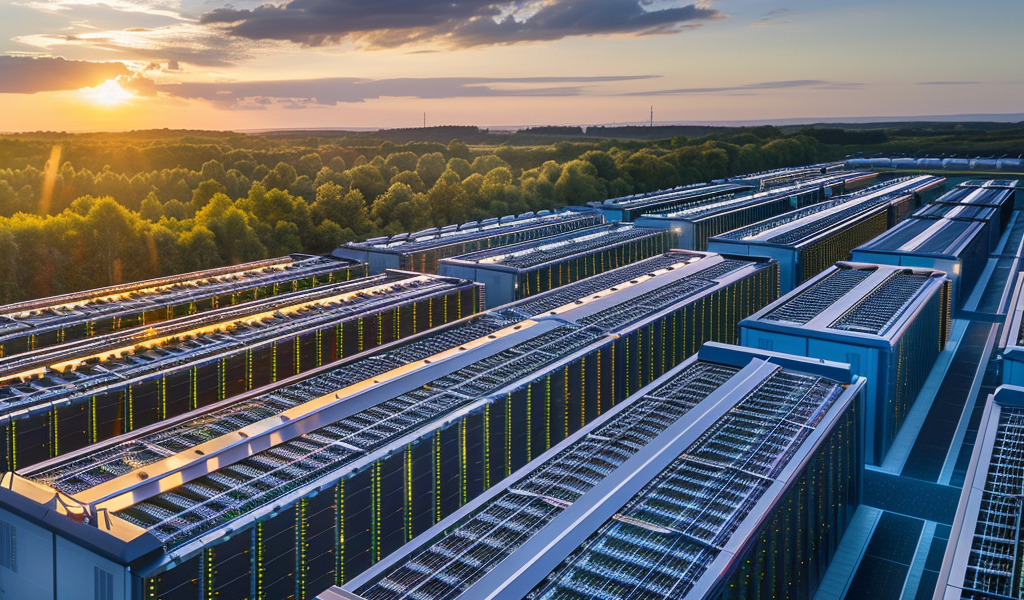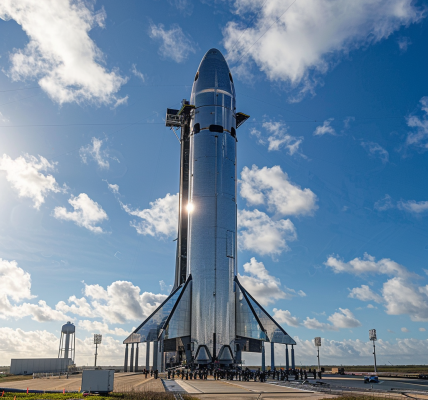The exponential growth of artificial intelligence (AI) and the digital technology industry has brought to light the substantial environmental impact of datacentres. Contrary to the popular belief that digital technology is weightless and immaterial, the reality is far from it. The demand for computing power, particularly for AI models, is driving a significant and increasing consumption of natural resources, including electricity and water.
Kate Crawford’s influential book, Atlas of AI, and the Anatomy of an AI System graphic, co-created with Vladan Joler, have shed light on the environmental implications of AI and datacentres. These massive facilities, housing thousands to hundreds of thousands of servers, require substantial amounts of electricity and water for cooling systems. In Ireland, for instance, datacentres consumed 18% of the country’s electricity in 2022, surpassing the energy consumption of all rural dwellings and matching that of urban dwellings. Moreover, the water consumption of a medium-sized datacentre was estimated to be equivalent to that of three average-sized hospitals, as reported by a study from Imperial College London in 2021.
The rapid proliferation of datacentres worldwide, numbering between 9,000 and 11,000, has raised concerns about their environmental impact. The outdated server-farms, housing numerous low-cost PCs, are facing criticism for their inefficiency and environmental consequences. OpenAI’s CEO has cautioned that the next wave of AI will demand even more power than anticipated, posing a challenge to energy systems.
The environmental implications of datacentres and AI models necessitate urgent legislative action to mitigate the potential crisis. As the demand for computing power continues to escalate, it is imperative to address the environmental footprint of datacentres and implement sustainable practices to ensure a more responsible and eco-friendly approach to digital technology.





